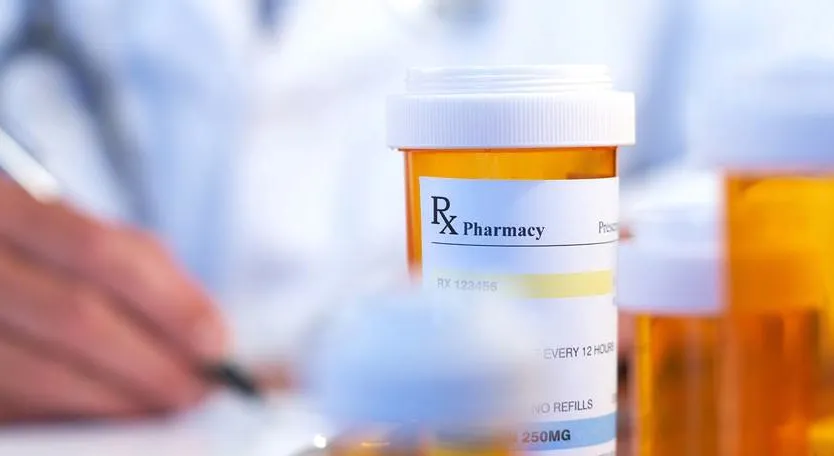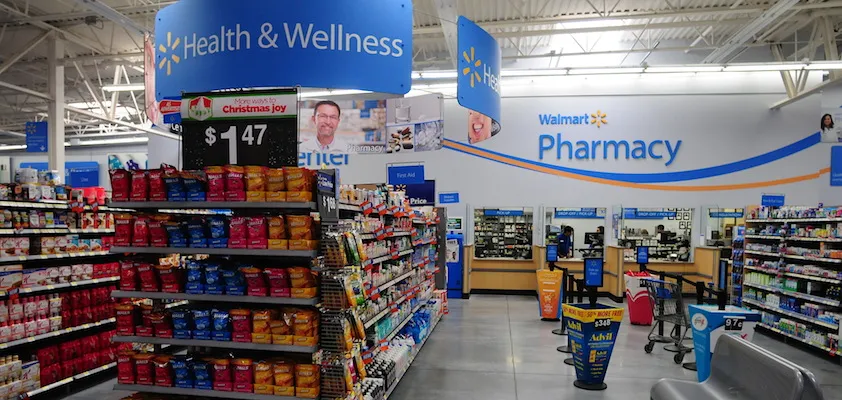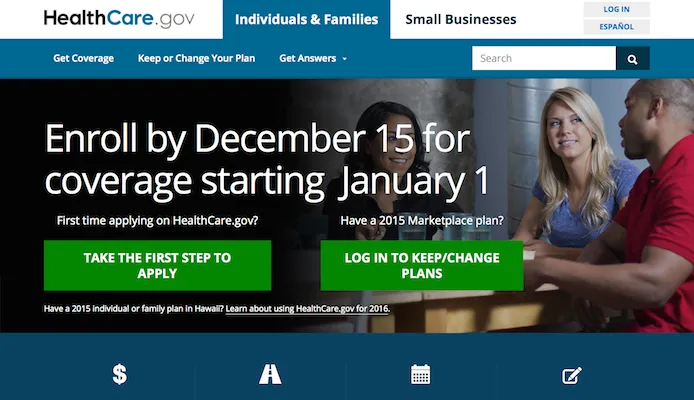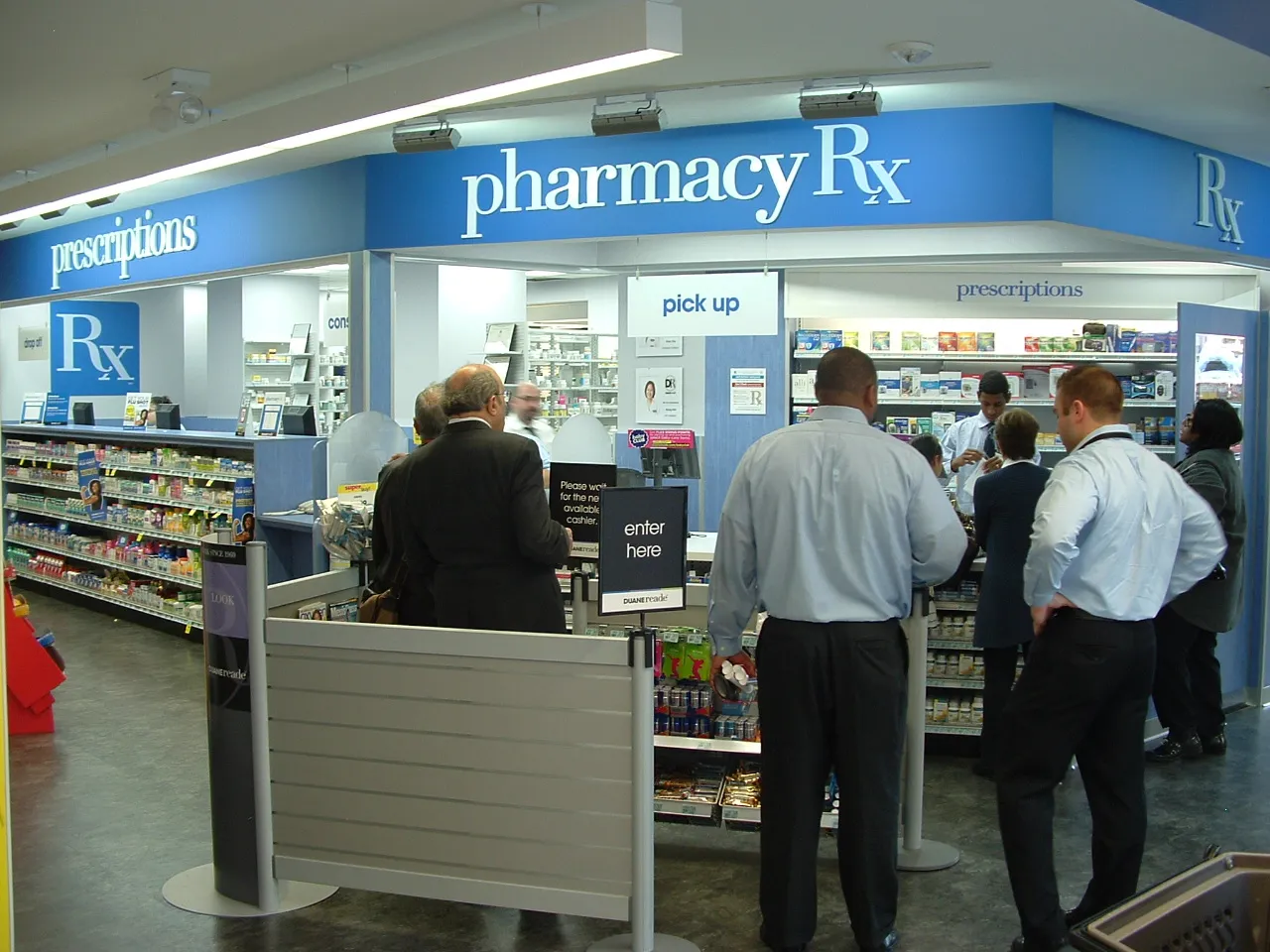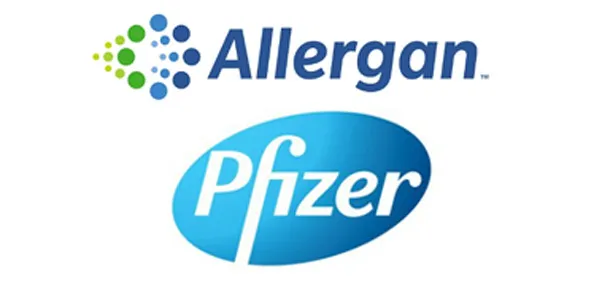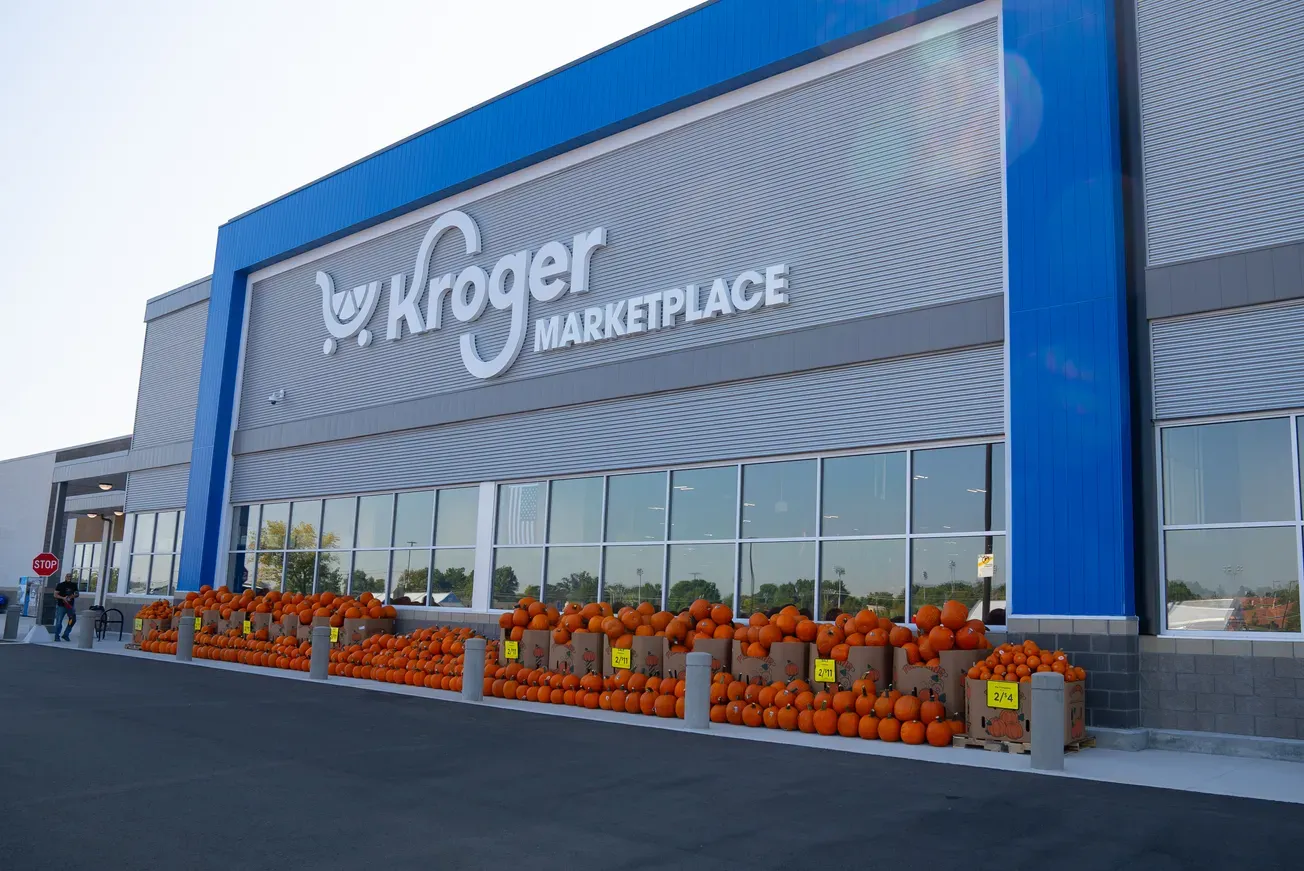The 2016 presidential race is already well under way. Despite thousands of speeches, interviews and, on the Republican side, two debates, there is a lot about the candidates’ thinking that needs to be clarified.
One thing, however, is certain — health care will be a prominent issue as the process of choosing Barack Obama’s successor unfolds.
Everyone in the crowded Republican field has talked about repealing and replacing the Affordable Care Act, which is, as was recently noted in this space, still very much a work in progress. Among the Democrats, former Secretary of State Hillary Clinton and Vermont Senator Bernie Sanders have unveiled plans to address problems unresolved by Obamacare, including the rising cost of prescription drugs.
Each candidate would give the federal government the authority to negotiate with pharmaceutical companies when buying drugs for the Medicare program, allow patients to import medications, and require suppliers to provide more information about the resources they devote to research and development. In addition to those measures, Clinton wants to cap out-of-pocket expenditures on prescription drugs for some people at $250 a month.
The talk among the candidates is reminiscent of the 2008 campaign, when calls to reform the health care system were common and pharmaceutical prices were an easy target. At the time, it was often said that many senior citizens had to choose between obtaining needed medications and eating. Those assertions were one of the factors that led to the passage of the ACA in March 2010.
The current controversy has been further fueled by recent news about drug prices. Turing Pharmaceuticals and its chief executive officer, Martin Shkreli, drew heavy fire from many quarters when the company raised the price of Daraprim, an anti-infective agent on the market for many years, by 5,000%, from $13.50 to $750 per pill. After at first mounting an aggressive defense of the move, Shkreli indicated that Turing would scale back the price increase.
While a huge price hike for an existing product can be viewed as an aberration, concerns about the cost of new pharmaceutical products that represent breakthroughs in treatment have also been voiced.
Gilead Sciences’ Sovaldi is a case in point. The product, which won approval from the Food and Drug Administration in December 2013, was priced at $84,000 for a 12-week course of therapy. On the face of it, the cost looks as excessive as that of Daraprim. But that’s before considering what Sovaldi and other drugs like it (Gilead’s Harvoni and AbbVie’s Viekira Pak) can do — cure hepatitis C, a viral disease that causes inflammation of the liver that can result in organ failure or lead to cancer.
The class of drugs creates a new value proposition for hepatitis C sufferers and the health care system. A disease that was formerly incurable can now, in most cases, be effectively treated on an outpatient basis in a relatively short period of time. Patients receiving one of the medications no longer have to face the prospect of spending the rest of their life dealing with the sometimes debilitating effects of hepatitis C. And, while health care payers are faced with a big up-front cost, savings from averting long-term treatment, which can include a liver transplant, are significant.
Pharmaceutical makers should work to reframe the debate about the price of their products in terms of how they support the well-being of patients and, at the same time, forestall the need for other, more costly forms of medical care. Despite the hew and cry about drug prices, pharmaceuticals still account for less than 15% of the nation’s total health care expenditures.
The industry would strengthen its position further by following the suggestion of the Democratic presidential contenders and talking more about the substantial investment in R&D that’s involved in bringing innovative medications to market. If more elected officials and their constituents truly grasped the fact that it takes about a billion dollars to get a new drug approved, and that for every one that makes it there are many others that falter, the tenor of the debate would become much more constructive.

